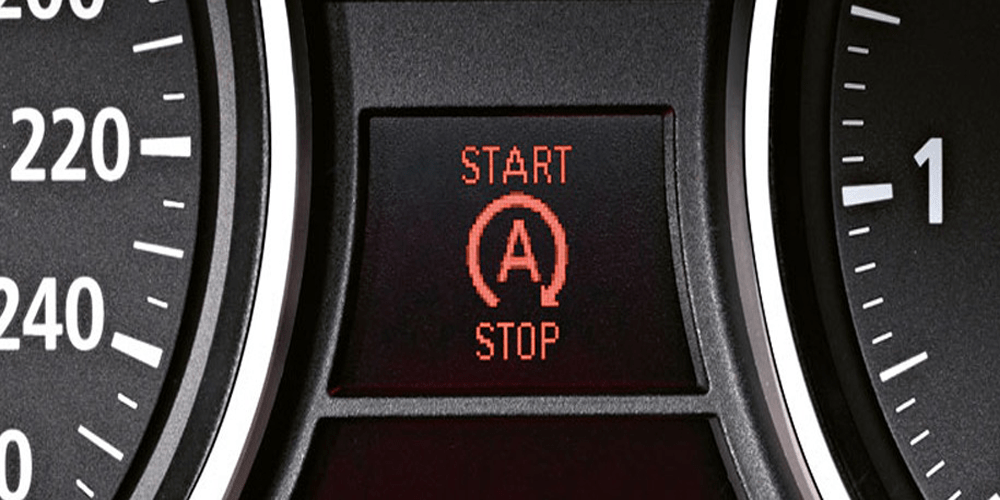Start/Stop Disable
In recent years, many new cars have been equipped with a Start/Stop system, which is designed to automatically shut off the engine when the car is stationary, such as at a red light, and restart it when the driver releases the brake pedal. This feature is intended to save fuel and reduce emissions, but it can be inconvenient and annoying for some drivers. In this article, we will explore the concept of Start/Stop disable system and how remapping this out can help improve the driving experience.
What is a Start/Stop Disable System?
A Start/Stop Disable System is a modification that allows drivers to disable the Start/Stop feature permanently. This is typically achieved by installing a device that tricks the car’s computer into thinking that the brake pedal is always pressed, which prevents the Start/Stop feature from activating. The device can also be programmed to remember the last setting used, allowing the driver to disable or enable the Start/Stop feature as desired.
How Remapping Start/Stop Disable Works
Remapping the Start/Stop Disable system involves modifying the car’s ECU software to disable the Start/Stop feature. This can be achieved by accessing the ECU through the car’s OBD-II port and changing the relevant parameters in the software. Once the Start/Stop feature is disabled, the engine will no longer shut off when the car is stationary, and the driver can enjoy a more traditional driving experience.
Benefits of Remapping Start/Stop Disable
There are several benefits to remapping Start/Stop Disable, including:
- Improved Comfort: For some drivers, the Start/Stop feature can be annoying and disruptive, especially in heavy traffic. Disabling the Start/Stop feature can improve driving comfort and reduce stress.
- Better Driving Experience: By removing the Start/Stop feature, drivers can enjoy a more traditional driving experience with less interruption and smoother acceleration.
- Reduced Wear and Tear: The Start/Stop feature can increase wear and tear on the engine and starter motor. Disabling this feature can extend the life of these components and reduce maintenance costs in the long run.
- Increased Safety: The Start/Stop feature can be dangerous in some situations, such as when making a quick getaway or merging into traffic. Disabling this feature can improve safety and reduce the risk of accidents.
- Improved Performance: In some cases, the Start/Stop feature can cause a delay in engine response and acceleration, which can affect the car’s performance. Disabling this feature can improve acceleration and throttle response, resulting in better performance.
Conclusion
The Start/Stop feature can be a useful tool for saving fuel and reducing emissions, but it’s not for everyone. If you find this feature to be annoying or inconvenient, remapping the Start/Stop Disable system can be a simple and effective solution. However, it’s important to note that disabling the Start/Stop feature can affect fuel economy and emissions.


